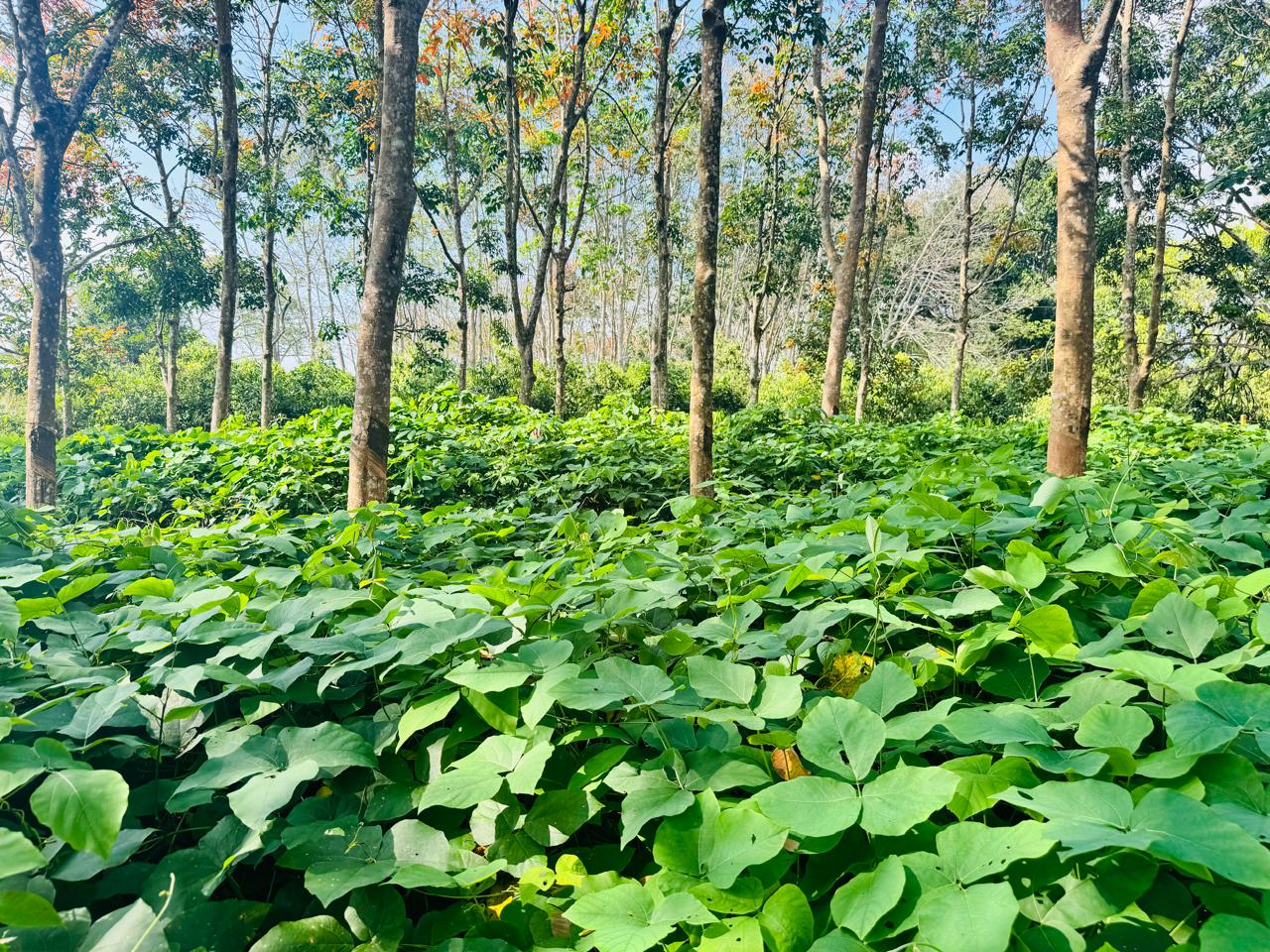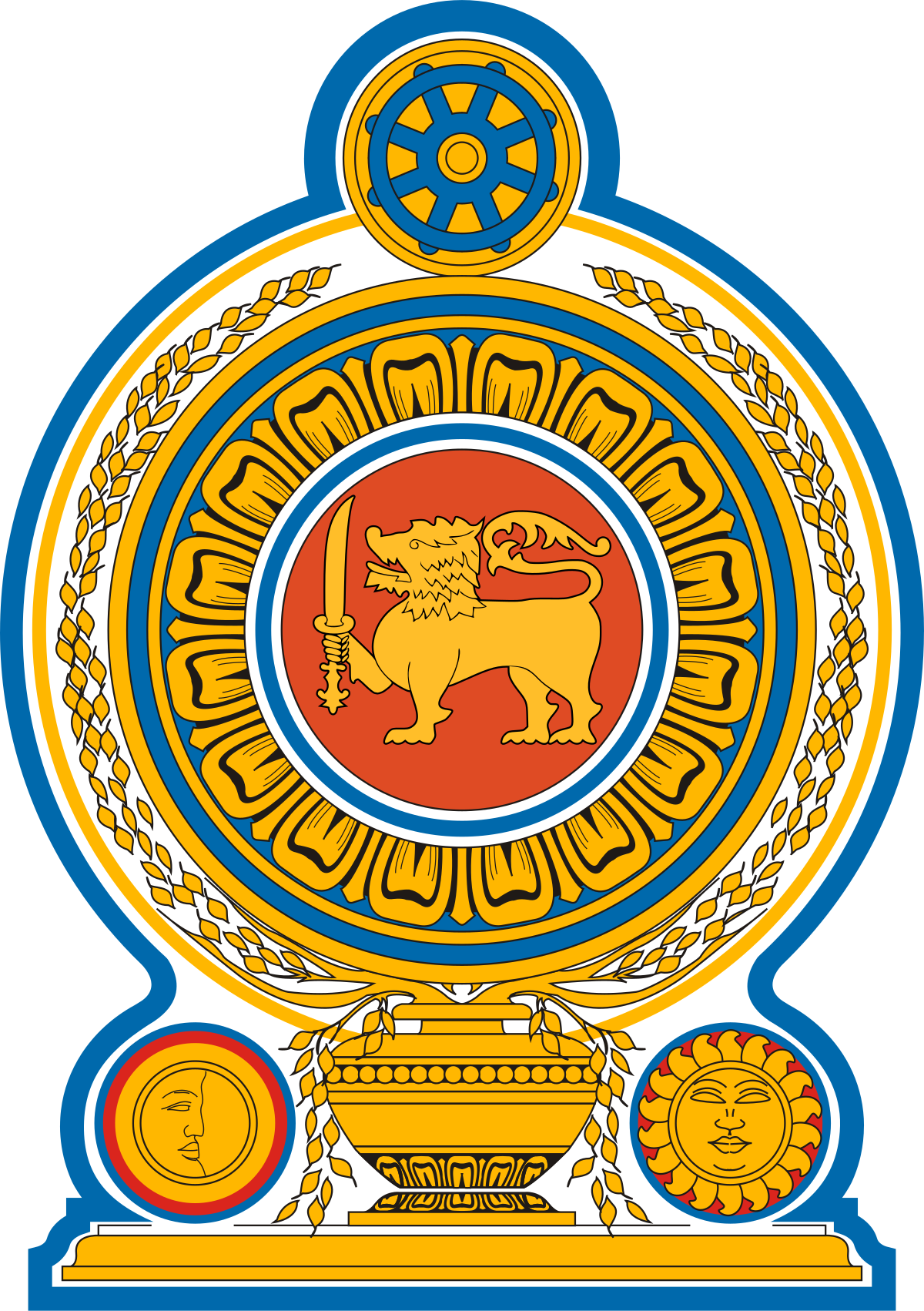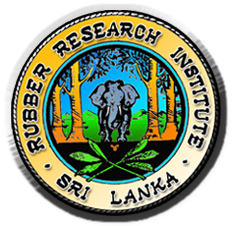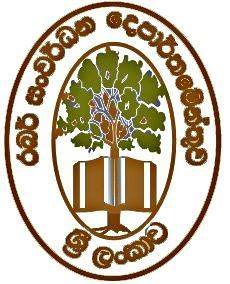New Planting of Rubber
One of the prime objectives of the Department is to contribute towards the country’s economy in a more meaningful way by increasing the production of rubber ensuring a gradual increase in the extension work of the rubber cultivation in Sri Lanka. In this work involving the new planting of rubber, rubber plants as a subsidy for rubber cultivation is made available only to the small holding sector. It is the hope of the Department to achieve the rest of its objectives such as the creation of new avenues of income to the people generating new employment opportunities for them, the improvement and enhancement of the productivity of the lands bringing the uncultivated lands under rubber cultivation and the expansion of the forest cover in Sri Lanka through the new planting of rubber. In this exercise of undertaking the targets concerning the new planting of rubber, the traditional districts of Kegalle, Ratnapura and Kalutara as well as the non traditional districts of Monaragala and Badulla are more prominent in their contributions.
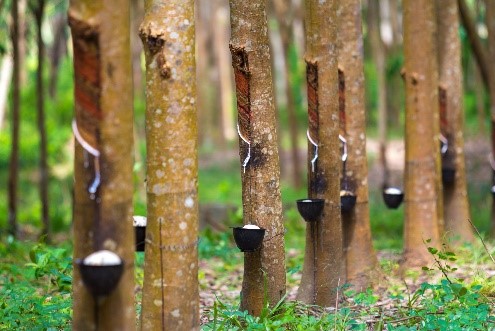
For the purpose of replanting or new planting of rubber, a permit should be obtained in terms of Section 07 of the Rubber Replanting Act, No. 36 of 1953. All rubber lands in terms of this Act should be registered with the Department.
Replanting of Rubber
The factors such as the rubber trees planted in the rubber lands within which the existing rubber cultivation stands consumed are in the state of its old age and the trees so cultivated are not the type of high yielding clones whilst the lands being rendered so marginal have been the reasons attributable to the low levels of productivity in the lands under rubber cultivation. The process of the rubber replanting is therefore undertaken after doing away with the old rubber cultivation in order to boost the productivity in the targeted plantation.
